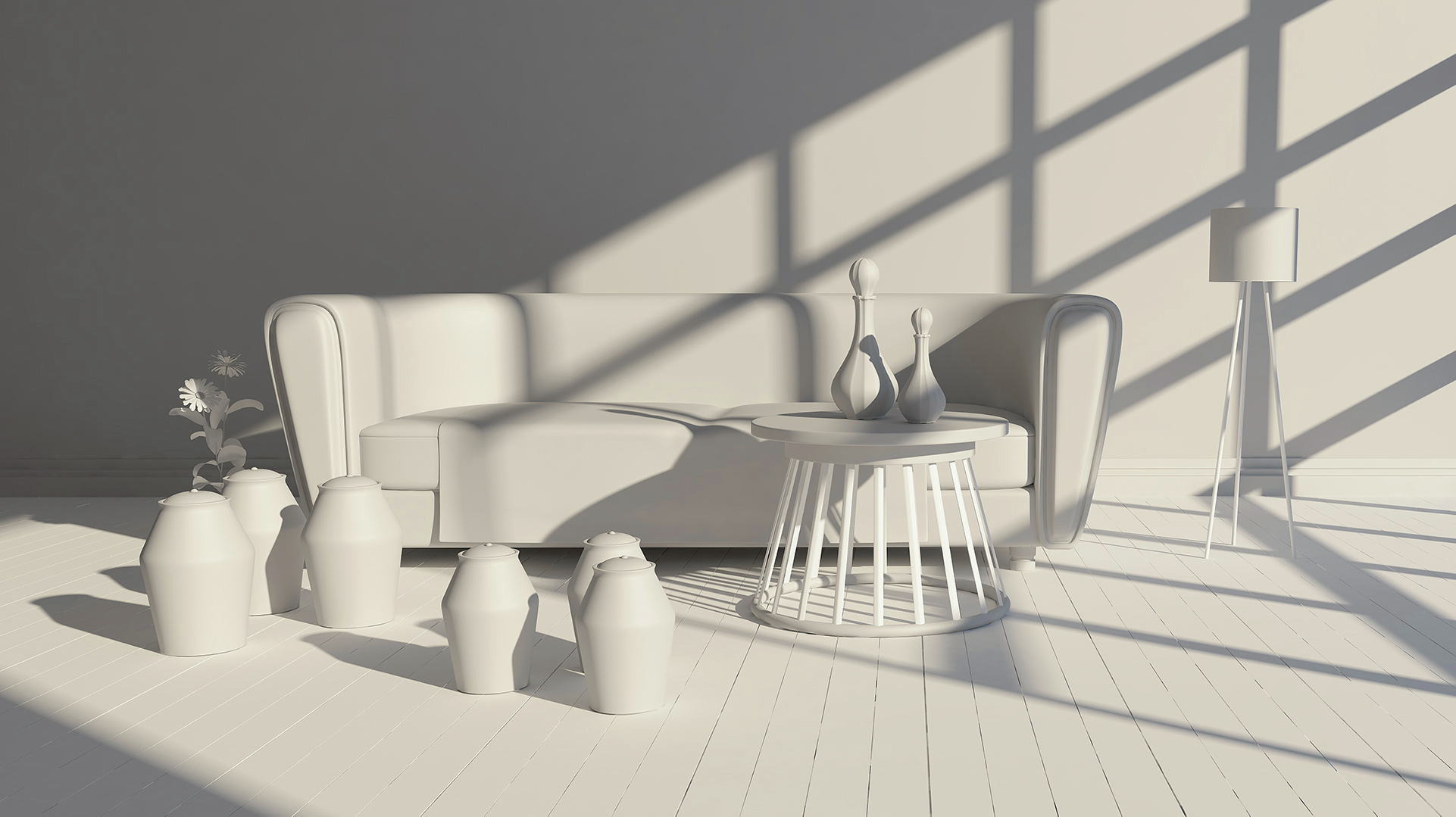5 Ways 3D Visualization Saves Costs for Architects and Interior Designers
If you’re into architecture or interior design, you know how important it is to nail every detail while keeping an eye on the budget. One of the coolest tools we have these days is 3D visualization. It’s not just about creating eye-catching images; it’s a game-changer for making smart, cost-effective decisions. Let’s break down five ways in which 3D visualization can save you money and time while making your projects look even better.

1. Boosting Client Confidence with Clear 3D Visuals
One of the biggest headaches in design is making sure clients are happy with the final product. Traditional blueprints and 2D sketches can leave clients unsure about what they’re getting, leading to costly changes down the line (plus the annoying extra work right?). But with 3D visualization, clients can see exactly what the finished project will look like, from the furniture to the decor and lighting. This means they can make informed decisions upfront, reducing the chances of expensive last-minute changes. When clients are 100% certain about their choices, everyone saves time and money.

2. Avoiding Costly Mistakes with Material Choices
Picking the right materials is crucial, but sometimes what looks great on paper doesn’t quite work in real life. With 3D rendering, you can see how different materials will look in your design before making any purchases. This allows you to experiment with options and choose the best ones without the risk of costly mistakes. For instance, if a particular flooring or wall finish doesn’t look as good as expected in the 3D render, you can switch it out easily, saving money and avoiding disappointment.
3. Streamlining the Construction Phase
Having a detailed 3D visualization of your project can make the construction phase go a lot smoother. When the design is clearly laid out in a 3D model, everyone involved knows exactly what to expect. This means fewer surprises and last-minute changes during construction, which can be a major source of delays and extra costs. By knowing exactly what materials and furnishings are needed, you can create more accurate budgets and timelines, keeping everything on track.
4. Improving Communication with Contractors
Miscommunications between designers and contractors can lead to big problems, project delays and added expenses. Detailed 3D rendering could serve as a visual guide that ensures everyone is on the same page. Contractors can see exactly what the finished space should look like, down to the smallest details. This alignment reduces the chances of misunderstandings about materials, finishes, or construction techniques. When everyone is clear on the vision from the start, projects are more likely to stay on schedule and within budget.
5. Enhancing Design Revisions and Accurate Space Planning
Making changes to a design after construction has started can be really expensive. But with 3D visualization, you can make revisions in the digital model quickly and easily. This allows for greater flexibility during the design process, enabling changes to be made before any physical work begins. By catching potential issues early on, you can save a lot of money and avoid headaches down the road.
Effective space planning is key to creating functional and beautiful environments. 3D visualization gives you a detailed look at how different elements will fit together in the final design, helping you optimize the layout and make the most of every square foot. By avoiding wasted space and ensuring the design is functional from the get-go, you can prevent costly redesigns and modifications later on.
3D visualization is more than just a tech trend; it’s a smart investment that can pay off in many ways. By providing clear, detailed, and realistic representations of your projects, 3D visualization helps you avoid costly mistakes, streamline workflows, and improve communication with clients and contractors. This leads to more efficient projects, happier clients, and significant cost savings. If you’re not already using 3D visualization in your design process, now’s the time to start. The benefits are clear, and the potential for saving costs while delivering amazing designs is huge.


